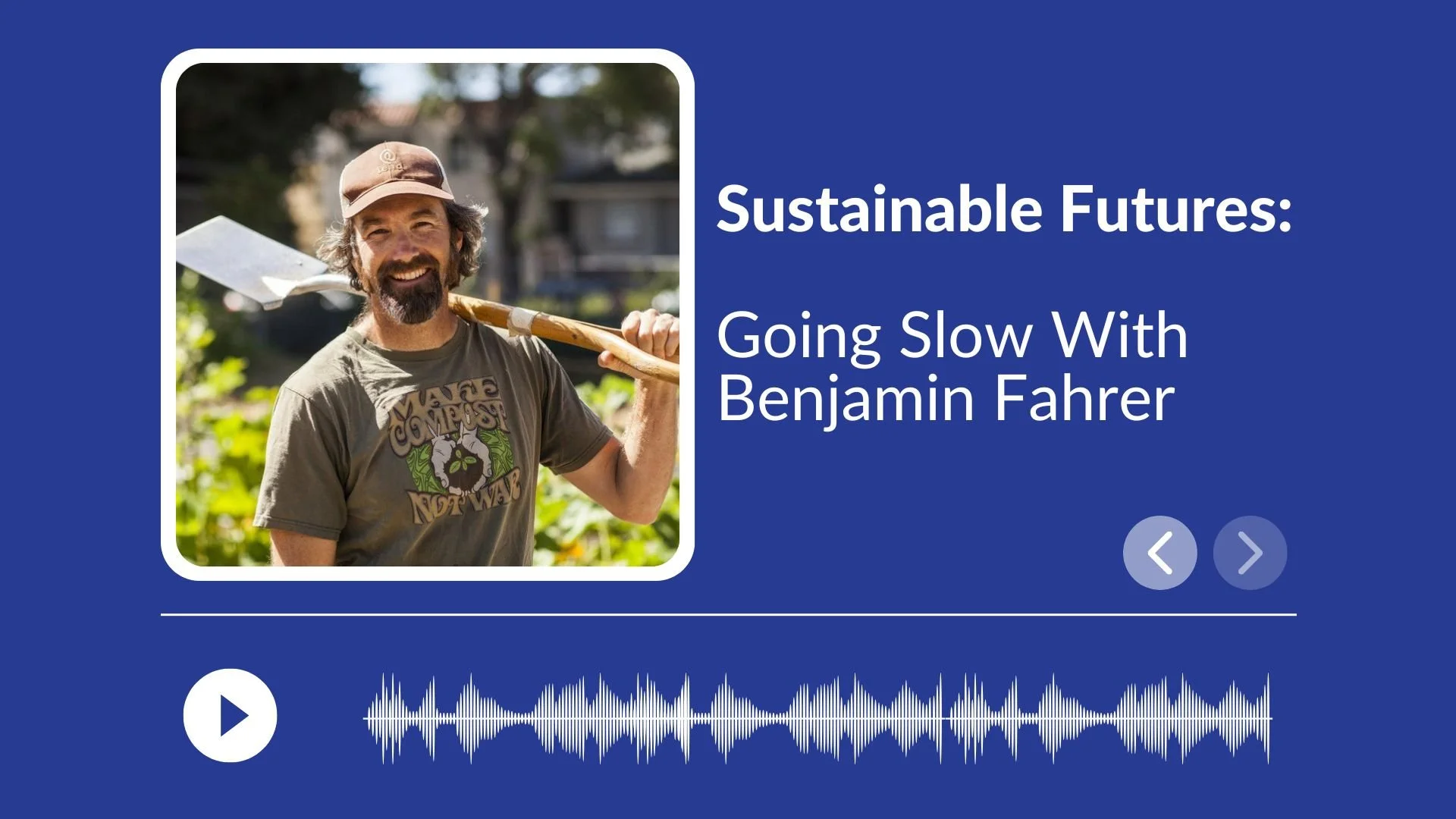Catching Falling Fruit: The Success of “Not Far From The Tree”
Advertisement
When I was growing up, I was fortunate to have fruit trees and shrubs – cherries, currants and raspberries - growing in our backyard, alongside a big vegetable garden. Every summer, aside from what the birds ate, our family used all of the fruit bounty for making jam, for baking, for eating right off the tree and sharing with others. We cherished the special flavours and textures only a freshly picked piece of fruit can provide.
Times have changed since then. Those houses where fruit trees still stand are often the homes of older adults unable to care for their fruit trees. So often the fruit falls to the ground and goes to waste. Furthermore, as more and more people live in multi-unit buildings with no backyards, the simple joy of picking and eating local tree fruit has been lost to many urbanites.
As society has become more aware of climate change and the negative greenhouse gas impacts of transporting food long distances, more opportunities to source food locally makes sense - to fully use nature’s bounty, even if it is in someone else’s backyard.
Laura Reinsborough founded the charitable organization, Not Far from the Tree in Toronto in 2008. She saw the enormous potential of picking and eating locally from observing under-utilized fruit trees at the historical orchard at Toronto’s Spadina Museum. That first year, it inspired her to gather a few friends together to pick fruit from their neighbour’s trees. Then they donated much of it to a nearby homeless shelter. Over time, Laura created a formula to benefit the volunteer fruit picker, the tree owner and the community. The harvest of Not Far from the Tree is split three ways – one third to the tree owner, one third to the volunteers and one third to social service agencies, such as food banks, shelters and community kitchens.
Not Far from the Tree is able to help pick 23,000 pounds of fruit every year.
Advertisement
Picking fruit off the trees can help prevent food waste
Approximately 1.5 million pounds of fruit are grown in Toronto every year, yet not all of it is picked. The rotting fruit generates greenhouse gases and obvious food waste which struck Ms Reinsborough as wrong, when so many residents suffer food insecurity and visit food banks to get by on a weekly basis.
In 2022, Not Far from the Tree volunteers picked over 23,000 pounds of fruit from 335 trees. The city is home to a hidden orchard, complete with apples, cherries, mulberries, apricots, plums, and pears. Volunteer pickers pay a small fee to join picking events from June to October. Picking events are led by trained pickers who bring the equipment required to pick the fruit, such as gloves and ladders, help other volunteers participate and deliver one third of the bounty to social service agencies.
Over 10,000 pounds of that fruit was donated to 56 different community social service agencies. The fruit donations are even delivered by cargo bike, eliminating transportation-related greenhouse gases. Almost 400 tree owners have signed up to register their trees for picking. In addition, Not Far from the Tree has facilitated on-line and in-person workshops on tree care and tree pruning and in 2022 donated and planted 504 trees and shrubs and native and pollinator plants. They have also worked with corporate partners to host employee picking events. Since 2008, Not Far from the Tree volunteers have picked over 254,000 pounds of fruit and have successfully worked with 63 different agencies. Not Far from the Tree generates charitable receipts to cover the administrative costs of organizing tree picking activities and the distribution of the fruit.
What began as a very simple idea has blossomed into an integral part of providing healthy, local food to Torontonians and has helped build community across a large city.
Advertisement
Joyce McLean is a freelance consultant and assistant editor to the Living Architecture Monitor.
Not Far from the Tree is a registered Canadian charity.






